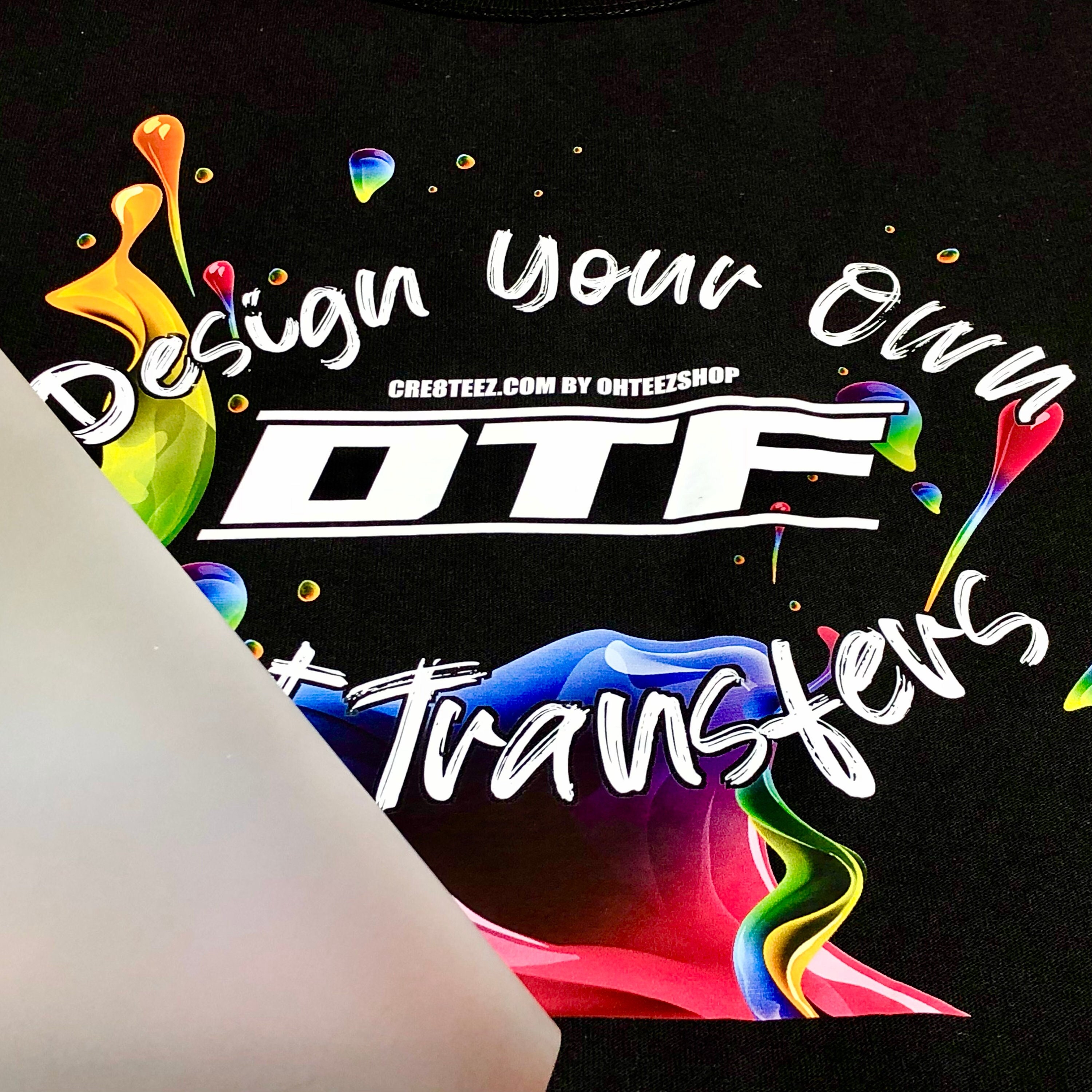In recent years, the printing industry has experienced a significant shift, and one innovation leading the charge is DTF transfers. This state-of-the-art technology is revolutionizing the way we translate our creative ideas to life, delivering a level of personalization and quality that was once difficult to attain. Whether you are a small business owner seeking to elevate your brand or an individual desiring to express your unique style, DTF transfers open the gateway to boundless possibilities.
DTF, or Direct to Film transfers, marks a new era in bespoke printing. Unlike conventional methods, DTF allows for vibrant colors, detailed designs, and exceptional durability on a selection of fabrics. As we explore this captivating world, it becomes clear that DTF transfers are not just a passing phase but a important step ahead in making our imaginative visions a reality. Join us as we look into how this innovative technique is shaping the future of personalized printing and enhancing creativity in ways we never imagined possible.
Grasping DTF Transfers
The DTF transfer process, often referred to as DTF transfers, constitute a major progress in the world of custom printing. This process entails applying designs on a special film that is then transferred onto different fabrics through heat and pressure. Unlike traditional methods including screen printing, DTF enables for bright colors and intricate designs to be transferred to textiles, making it an excellent choice for distinct apparel and merchandise.

One of the major advantages of DTF transfers is the flexibility to print on a diverse of materials, from cotton to polyester and blends. This flexibility gives designers and businesses with the liberty to create tailored products that cater to diverse customer preferences. As a result, DTF has quickly acquired popularity among small businesses and startups seeking to offer custom merchandise without the constraints of conventional printing methods.
Additionally, the DTF transfer process is fairly straightforward and cost-effective. With the right equipment, it enables print shops to produce premium designs in limited batches, which is particularly beneficial for artists and entrepreneurs seeking to test their ideas in the market. The combination of availability and quality makes DTF transfers a transformative tool in the custom printing industry, opening the door to groundbreaking designs and imaginative expression.
Benefits of DTF Technology
DTF technology offers a notable level of versatility for custom prints, enabling designers to create dynamic and high-quality prints on a range of materials. This capability allows businesses and individuals to pursue limitless creative options, making it an excellent choice for multiple applications, from clothing and accessories to home decor. dtf transfers to print on different fabrics, including cotton, polyester, and blends, means that creators can cater to a wide audience and meet unique client needs without being constrained by material constraints.
Another key advantage of DTF transfers is their long-lasting quality. Prints produced through this method are known for their resistance to fading, cracking, and peeling, ensuring that the final products maintain their quality even after several washes. This longevity not only enhances customer happiness but also supports sustainability by reducing the need for constant replacements. Businesses can thus appeal to eco-conscious consumers by offering durable solutions that stand the test of time.
Additionally, DTF technology optimizes the production process, making it more efficient and cost-effective. The ease of application allows for quicker turnarounds, which is vital in a fast-paced market that demands immediate results. This efficiency enables smaller businesses and startups to stand alongside larger companies, as they can produce top-notch items without significant investment in machinery or lengthy production processes. With DTF transfers, converting ideas into tangible products has never been easier or more attainable.
Starting Into for DTF Printing
To delve into DTF printing, the primary step is assembling the required equipment and supplies. You'll want a DTF printing machine, which is needed for applying your creations onto heat transfer film. The device typically operates with specific inks that are compatible with the transfer process. Additionally, a heat press is needed for putting on the graphics to your chosen fabric, ensuring a lasting and high-quality finish. Don't neglect to make sure to have DTF transfer film and the appropriate adhesive powder, as these are necessary for the transfer.
Once you have your tools ready, it’s time to make your art. You can use design software to realize your ideas to life, keeping in mind the requirements necessary for DTF transfer. Aim on creating clear images that work well onto the transfer film. After creating, print your artwork onto the DTF film, followed by applying the adhesive powder while the ink is still moist. This action is crucial, as it guarantees that the art adheres properly during the heat process.
After getting ready your prints, the subsequent phase is putting them to the material. Preheat your heat press to the suggested temperature for the kind of transfer film you are using. Cautiously position the design on the material, cover it with a safety sheet, and press the temperature for the specified duration. Once done, let it to cool before taking off the film. With time and imagination, DTF transfers can turn your distinctive ideas into stunning reality, paving the way for limitless custom printing opportunities.
